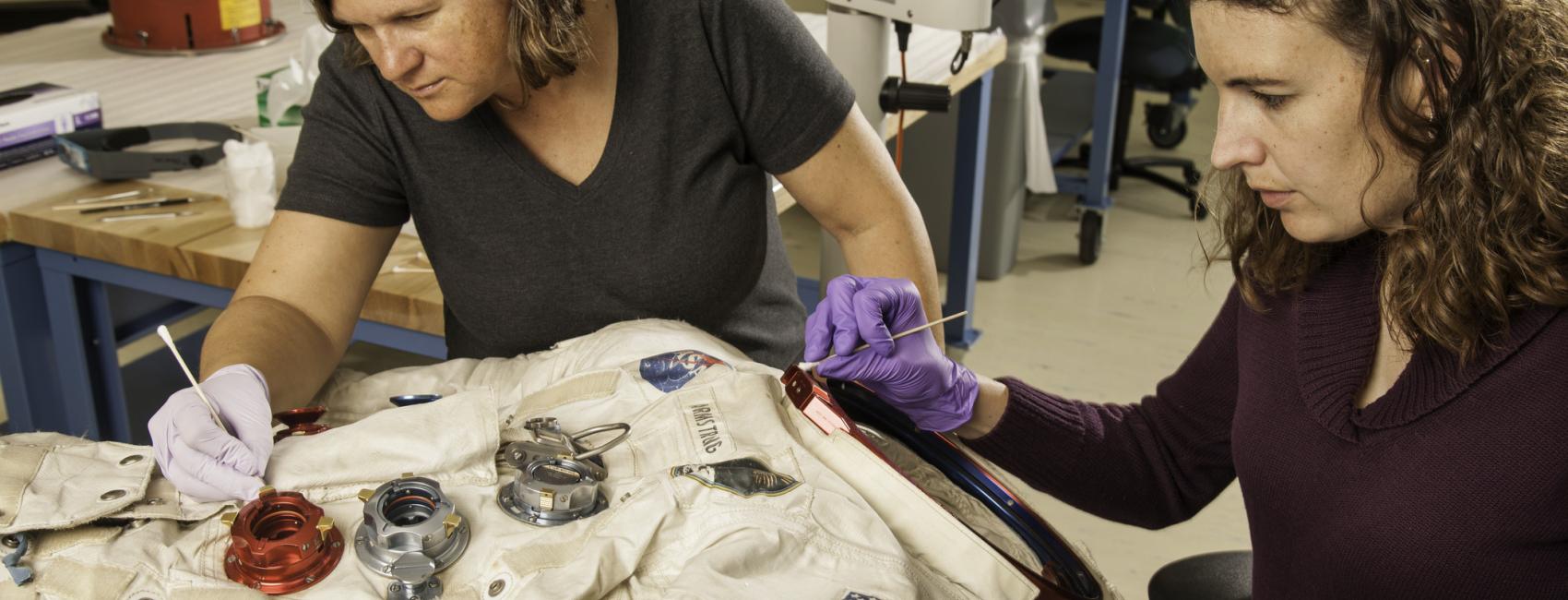
Sep 21, 2022
By Mark Strauss
What Australia Can Tell Us About Mars
Sometimes the most surprising discoveries aren’t about finding something new, but about something familiar. Such is the case with linear dunes—desert formations stretching miles in length, which account for 40 percent of the dunes on Earth. This type of dune has also been found throughout the solar system on planetary bodies with atmospheres: Mars, Venus, and Titan. On Titan alone, linear dunes cover more than five percent of the surface (roughly 1.6 million square miles).
Yet geologists are uncertain as to how linear dunes form. Some models suggest, for instance, that the ridges are created by sand that has been transported by winds over vast distances. Others say the dunes are formed from nearby sand—and that, over time, smaller dunes coalesce into larger ones.
The existence of linear dunes on other worlds only deepens the mystery, since it “indicates that gravity, atmospheric conditions, and sediment characteristics are unimportant,” says Bob Craddock, a geologist at the National Air and Space Museum’s Center for Earth and Planetary Studies. The dunes seem to pop up everywhere, whether the sand is made of silicates, as on Earth, or of solid hydrocarbons, as is believed to be the case on Titan.
If we can gain a better understanding of the phenomenon on Earth, we could deduce more about the characteristics of alien worlds. “We can tell what the wind speeds and directions are on another planet,” says Craddock. “Linear dunes can also give us insights into the climate or the type of rocks that are on the surface.”
Craddock hopes to learn how linear dunes form by studying how their shapes change over time on Earth. But the site for his fieldwork can be as daunting as if he were exploring dunes on the surfaces of Mars and Titan. Australia’s Simpson Desert is the last of the world’s great deserts to be explored by western scientists. It covers as much land as the state of Georgia and is centered in the Australian Outback, which has been called the “Dead Heart” of Australia.
“Temperatures are often well over 100 degrees Fahrenheit,” says Craddock. “Black flies are everywhere and cover us when we’re working. The desert contains some of the most dangerous snakes in the world. When we go into the field, we often don’t see another person for a week or more. We are two to four days from the nearest settlement and another day or two away from a larger city or hospital. It’s dangerous, remote work.” Also, the vast size of the linear dunes makes data collection painstaking and expensive. Says Craddock: “A trip for four scientists is around $40,000 each time.”
Previously, Craddock and his colleagues had relied on GPS surveys to conduct a careful analysis of the ages and composition of an entire linear dune field, but that data turned out to be full of inaccuracies. Building a topographic model of a single dune also meant days marching around with bulky equipment in the extreme heat.
The use of UAVs changed everything. “A few years ago, we began conducting a series of time-based drone stereo-photogrammetric surveys of several dunes in the Simpson Desert, and relating the dune movement to the local wind and weather,” says Craddock. “Drones are revolutionizing our ability to conduct fieldwork. They can collect high-resolution, high-fidelity data to allow us to analyze the nature of a variety of features. Surveys using GPS equipment used to take days to complete. A drone can cover the same area within a few minutes.” Craddock’s drones include a rotary DGI Phantom II Pro and a fixed-wing Sensefly eBee, particularly for thermal studies.
Two surveys (and a third planned for 2023) have given Craddock some valuable insights. “The drone data are showing us that linear dunes in Australia grow by piling material on top or at the crest of the dune,” he explains. “The sand gets picked up by the wind and moves, but once it reaches the crest of the dune, it loses energy and gets deposited.” While most dunes represent nature’s way of transporting sand, linear dunes appear to be a method for storing sand. Says Craddock: “This could mean that the dunes we see on Titan have been around for millions or even billions of years, so long as the atmosphere of Titan has been able to blow sand around.”
NASA has found linear dunes on Mars (pictured), Venus, and Titan, which only adds to the mystery of how they form. (NASA)
We’ll find out more when NASA sends a drone named Dragonfly to Titan in 2026. Craddock says his own experiences could be an asset. “In particular, any of the flight plans for the Dragonfly mission to Titan could be tried on the linear dunes in Australia—to test what kind of information Dragonfly could collect and to place that into a broader context with what we can see on the ground as geologists,” he says. “We’re developing a NASA proposal now to do just that.”
Mark Strauss is the managing editor at Air & Space Quarterly.

We rely on the generous support of donors, sponsors, members, and other benefactors to share the history and impact of aviation and spaceflight, educate the public, and inspire future generations. With your help, we can continue to preserve and safeguard the world’s most comprehensive collection of artifacts representing the great achievements of flight and space exploration.
We rely on the generous support of donors, sponsors, members, and other benefactors to share the history and impact of aviation and spaceflight, educate the public, and inspire future generations. With your help, we can continue to preserve and safeguard the world’s most comprehensive collection of artifacts representing the great achievements of flight and space exploration.